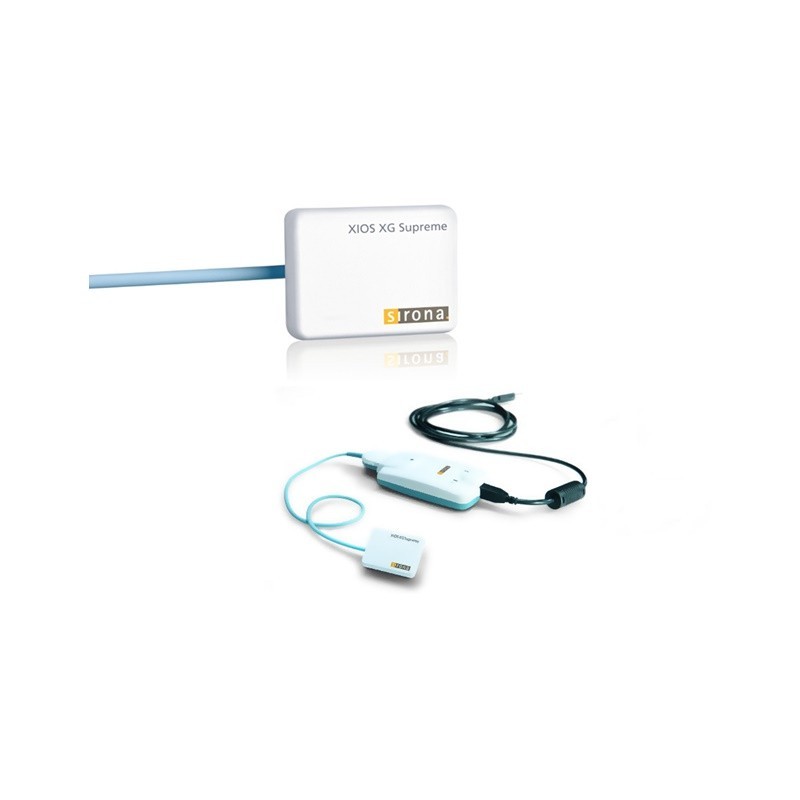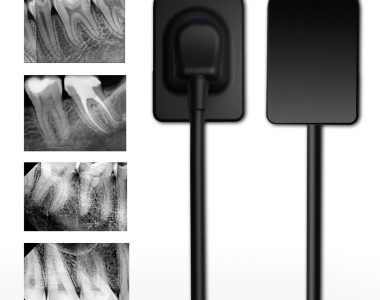
Introduction
In recent years, dental practices have been transitioning from traditional X-rays to digital radiography systems, with dental RVG (RadioVisioGraphy) sensors becoming an increasingly popular choice. As a dentist, you might be wondering whether it’s time to make the switch and invest in this advanced technology. In this blog post, we will explore the pros and cons of dental RVG sensors and traditional X-rays, helping you make an informed decision for your practice.
Dental RVG Sensors: Pros
- Enhanced Image Quality: RVG sensors produce high-resolution images with greater detail and contrast, allowing for more accurate diagnoses and treatment planning.
- Faster Results: Digital images are available instantly, saving time for both patients and practitioners and eliminating the need for manual film processing.
- Reduced Radiation Exposure: RVG sensors require less radiation to produce images compared to traditional X-rays, making them safer for patients and dental staff.
- Easy Storage and Retrieval: Digital images can be easily stored, accessed, and shared electronically, facilitating better communication and collaboration among dental professionals.
- Environmentally Friendly: Digital radiography eliminates the need for hazardous chemicals and film waste associated with traditional X-rays, making it a more eco-friendly option.
Dental RVG Sensors: Cons
- Initial Investment: The upfront cost of purchasing and installing an RVG system can be significantly higher than that of traditional X-ray equipment.
- Learning Curve: Dental staff may need additional training to become proficient in using RVG sensors and software.
- Maintenance Costs: While digital sensors have a longer lifespan than traditional film, they can be more expensive to repair or replace if damaged.
Traditional X-Rays: Pros
- Lower Initial Investment: Traditional X-ray equipment typically has a lower upfront cost compared to RVG systems, making it more accessible for smaller practices or those with budget constraints.
- Familiarity: Dentists and dental staff may be more comfortable using traditional X-ray equipment due to their familiarity with the process.
Traditional X-Rays: Cons
- Lower Image Quality: Traditional X-rays produce lower-resolution images compared to digital RVG sensors, which can make diagnosing and treatment planning more challenging.
- Time-Consuming: Processing traditional X-ray films is time-consuming, resulting in longer appointment times and reduced efficiency.
- Radiation Exposure: Traditional X-rays require higher levels of radiation to produce images, posing a greater risk to patients and dental staff.
- Environmental Impact: Traditional X-rays rely on hazardous chemicals and produce film waste, contributing to environmental pollution.
Conclusion
When weighing the pros and cons of dental RVG sensors and traditional X-rays, it’s clear that RVG technology offers significant advantages in terms of image quality, efficiency, safety, and environmental impact. However, the initial investment and learning curve associated with digital radiography may be a barrier for some dental practices. Ultimately, the choice between RVG sensors and traditional X-rays will depend on your practice’s needs, resources, and long-term goals. If you decide to make the switch, remember to allocate time for staff training and carefully consider the ongoing maintenance costs to ensure a smooth transition and optimal results.Additionally, investing in high-quality dental equipment and machinery from reliable sources like Dentalstall can help you provide exceptional services and build a strong reputation in the market. With a combination of the best dental products, exceptional customer service, and a strong online presence, you can grow your dental clinic and keep your patients smiling.

